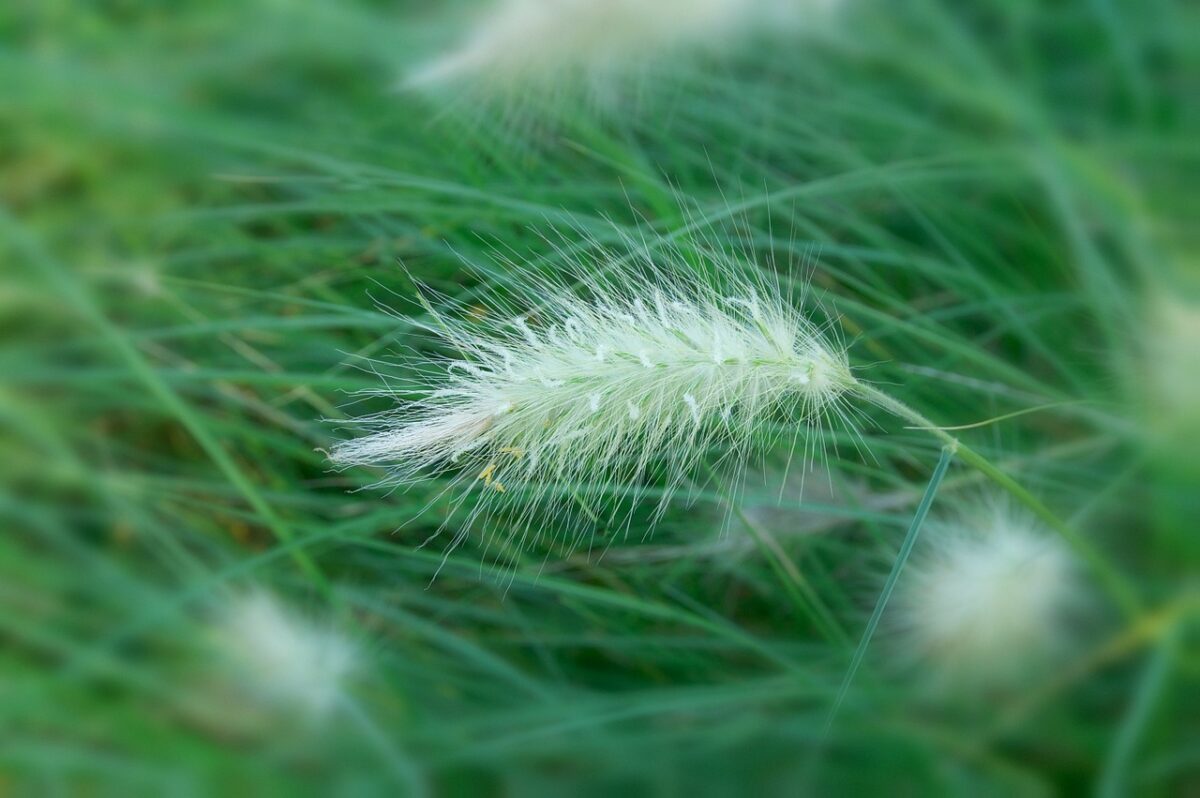
Dallisgrass vs. Crabgrass – How to tell Crabgrass from Dallisgrass
While maintaining lawns, you need to take care to keep weeds at bay. You may come across many different types of weeds in your lawns. Controlling their growth and getting rid of them permanently can be possible only when you can identify their type. Different weeds need different treatments. While some are toxic weeds, others aren’t. So, you need to be able to spot the weed type in your lawns, if you want to know the corrective action that needs to be taken.
This article will tell you about the two common types of weed that you will find in the USA – Dallisgrass and Crabgrass. We will tell you how they look, how to differentiate one from the other, their toxic properties, if any, safety for pets, and other ways to keep these weeds at bay.
Dallisgrass – What is it and what does Dallisgrass look like
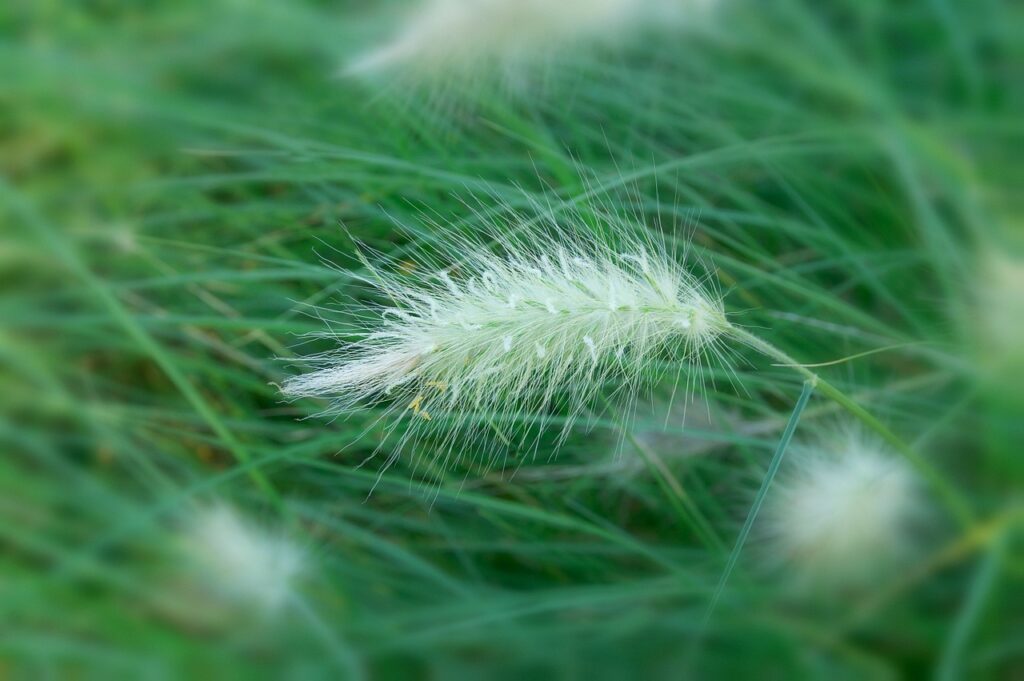
It was during the early 1800s that Dallisgrass came to the USA from Uruguay and Argentina. The scientific name of this weed is Paspalumdilitatum. Known to be a tufted perennial grass, dallisgrass can grow freely on surfaces, except hills. In California, dallisgrass weed can be commonly found as a forage. You can spot dallisgrass mostly found on turfs, orchards, vineyards and other moist areas on the road.
How to identify Dallisgrass
Here are some of the features that will help you identify dallisgrass when you spot the weed:
- This weed comes with a very coarse texture.
- It grows in a cluster, but as it grows taller, its diameter starts to increase.
- The rhizomes, or the underground stems of the dallisgrass, start growing outwards.
- The appearance and growth of rhizomes of this type are unique, as you cannot find such patterns on any other type of weeds.
- At the time of maturity of the cluster of dallisgrass, the center part of it dies. You can spot the growth of another grass or weed in that place.
- The width of dallisgrass leaves is around 0.25 to 0.5 inches. This is definitely far wider than the leaves that you find on other turfgrass varieties.
- The collar, found at the base of the leaf blade, contains a membranous ligule that extends to a length of 0.25inches. This ligule doesn’t contain any projections.
- At the end of the collar, you will find a flat leaf sheath.
- The stems of the grass, scientifically known as culms, have purple shades at their base.
- You will find a flowering stalk, known as the raceme, and the flower head, on the grass. Around 2 to 10 branches, known as spikelets, are found on various parts of the raceme. Every spikelet has two rows of seeds that are flat, and in the shape of an egg. These seeds are in a greenish-purple shade. These seeds get dispersed to various places, and reproduction happens.
- These seed heads are prone to ergot fungus, which is poisonous for livestock when ingested.
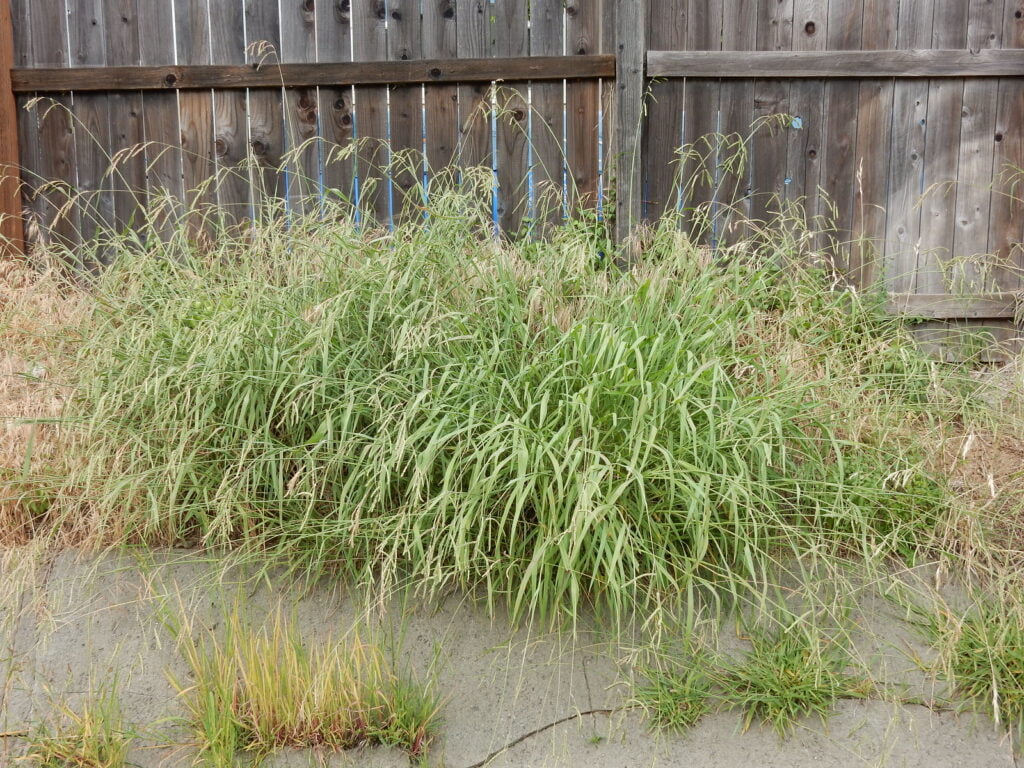
Managing Dallisgrass
Dallisgrass can cause a lot of damage when found in clumps in recreational areas like parks, golf courses, lawns and more. The texture of this weed is very coarse; therefore, it can result in injuries for people when they trip over the weed. Dallisgrass grows rapidly on sandy or clayey soils. It grows at a much faster rate than most other turfgrasses. Therefore, it is important to keep their growth under control by following these techniques:
You should maintain your lawns properly and take good care of them. If there are any bare spots in your lawns, you need to fill them up with seeds or sod, so that dallisgrass weeds don’t grow there.
To prevent the growth of dallisgrass weeds, you should spray your soil with the right pre-emergent solution. Dallisgrass producesa lot of seeds that get dispersed to various places. Therefore, they can grow anywhere at a quick pace. To control their growth, you should use pre-emergent solutions at the time of setting up your lawns.
If you cannot prevent the growth of dallisgrass, you can also get rid of them after you spot them. Digging up all the weeds thoroughly to get rid of dallisgrass is the most eco-friendly but time-consuming process of all. You can also use natural herbicides to control dallisgrass on your lawns frequently to keep the growth of these weeds under control. If you find a particular area where dallisgrass has grown in large numbers, you can resort to the spot treatment method. You can use herbicides only on those spots to get rid of dallisgrass completely.
Now that we have understood some basic points about dallisgrass, let us know more about crabgrass in the trailing sections.
What is Crabgrass and how does it look like
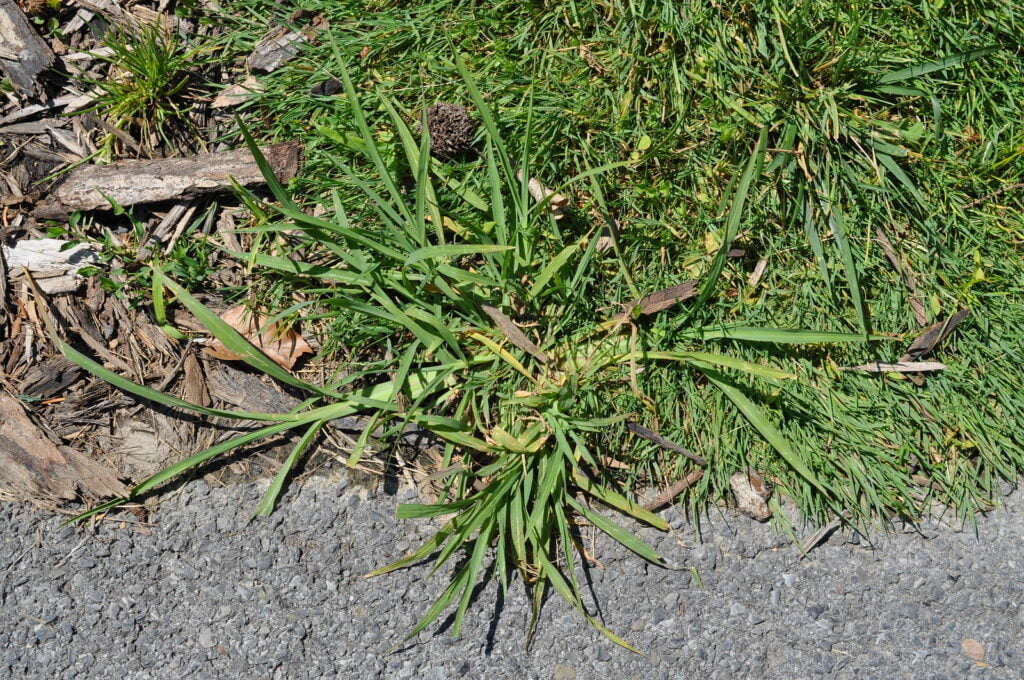
The scientific name of Crabgrass is Digitaria. This weed grows at very low levels, and before you know it, it can fill up your lawns and the cracks in your entrances. It is an annual and perennial grass that produces many seeds during its growing season. Since they grow very low on the ground, it isn’t easy to get rid of them with the help of lawn mowing blades. It has many stems and almost the entire grass is situated on the ground. Only a very small part, the flowerstalk, can be seen in a slightly raised position. However, it has a very tough texture, and cannot be easily destroyed.
The flower stalk produces the flowers and the seeds. These seeds germinate during the seasons of spring and summer. You will be surprised to know that the ungerminated seeds can remain in the soil for about 30 years, before they start sprouting again. So you can never say that you have gotten rid of crabgrass completely, because you never know how many seeds are waiting underground to sprout many many years later!
Types of crabgrass
Crabgrass is mostly of two types- the smooth species and the hairy species. The smooth crabgrass varieties are the most common ones spotted on our lawns. The hairy crabgrass has many small hairs all over its body, whereas the smooth crabgrass has only a few hairs. You can find these hairs only on the auricles of the plants. The auricles are small projections that you can find towards the inside of the leaves’ base.
How to tell crabgrass from dallisgrass
Dallisgrass is quite stubborn, as it can quickly grow from the root system every year. On the other hand, crabgrass grows only from its seeds, and not from any other part. So it is not as obstinate as dallisgrass.
The texture of dallisgrass weed is very coarse. Though it starts growing in small, circular clusters, it grows quite tall as the years go by. However, crabgrass grows on the ground and it doesn’t grow tall. Instead, it spreads on the ground, and its shape resembles a star.
The seed heads of dallisgrass are quite big, and they grow on the side of the stem. These seed heads also have black spots on them. The seed heads of crabgrass are very small. They also grow from the top of the stem.
Why is Crabgrass bad?
Though crabgrass has only one growing season, it can grow in alarming proportions when you don’t control it then. It has the potential to produce more than 100,000 seeds per plant, if left to grow. They can spread quickly on the ground, and before you know, your lawns can be destroyed because of crabgrass. Unlike most other weeds, crabgrass can live in hot and drought conditions as well. It can quickly grow in a small crack in your driveway, and spread its way from there into your lawns.
They can spread all over healthy plants and grass, causing severe damage there. The only way to get rid of crabgrass effectively is by using a preventive application during the spring season. Using these treatments during any other season can affect the growth of other plants that come in the way. Crabgrass love to infest dirty and unkempt lawns. Improper mowing techniques, low-quality soils and incorrect pH levels of the soils in your lawns are reasons for crabgrass infestations. So, ensure that you correct these to keep these weeds at bay.
Is crabgrass bad for dogs?
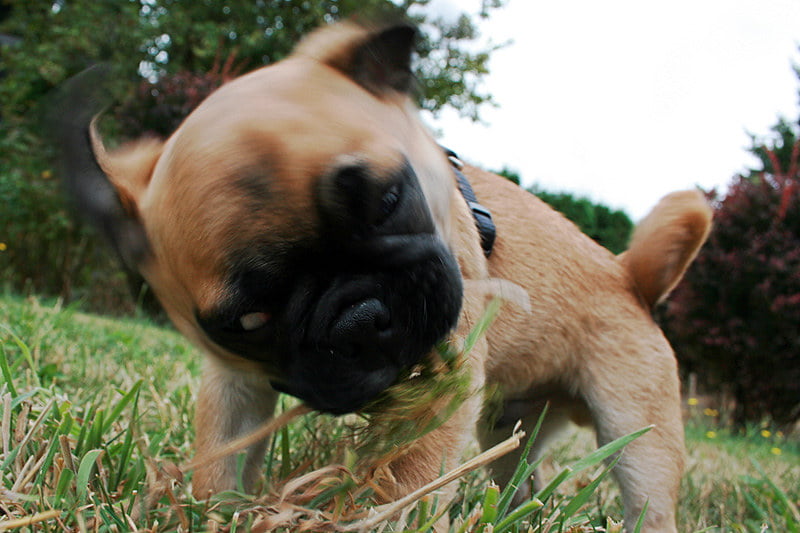
In the above section, we told you that using a preventer application is the only way to get rid of crabgrass in your lawns. However, if you have pets at home, you should be very careful about using preventers. The pre-emergent applications that you use may help control seed germination of crabgrass seeds, but they can also put the lives of your pets at risk, if you don’t take preventive steps.
Even if you are using a natural herbicide for preventing crabgrass, ensure that you and your pets don’t go into the area where the herbicide is applied for 24 hours at least. The most common pre-emergent application that people use is pendimethalin. More about pendimethalin read here. Though this is safe for dogs and humans, we recommend you to wait for 24 hours before venturing into the area treated with this application, for your own safety.


